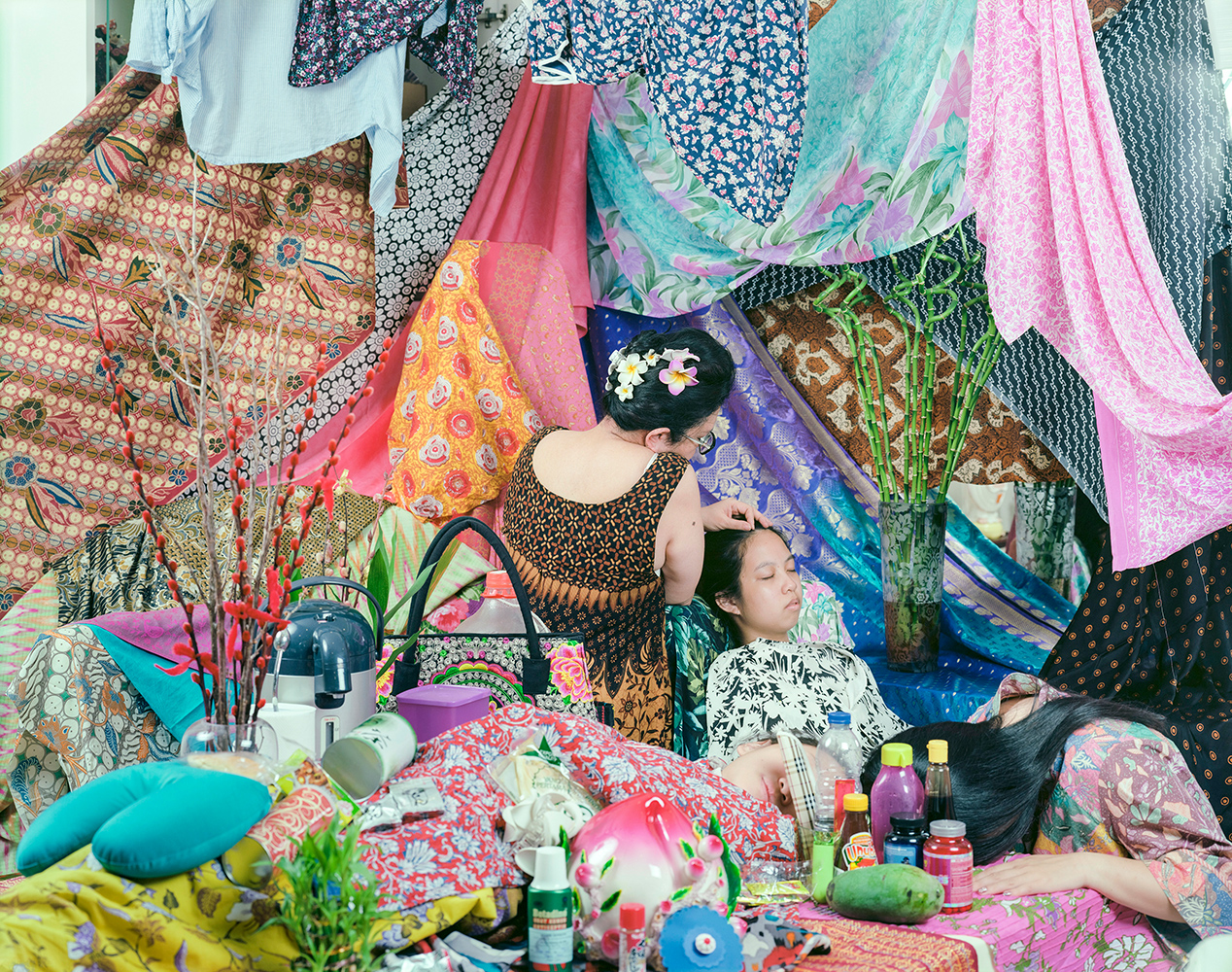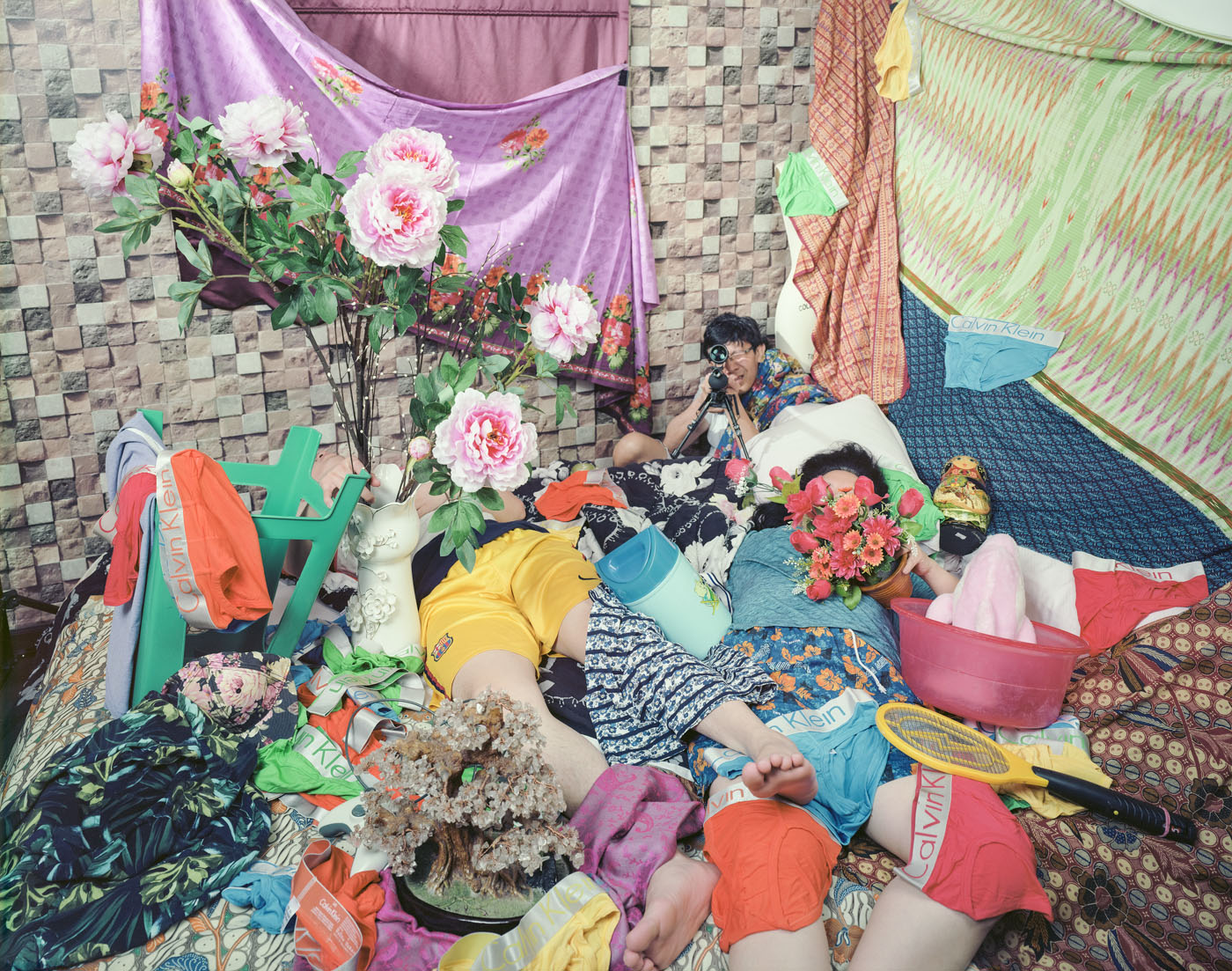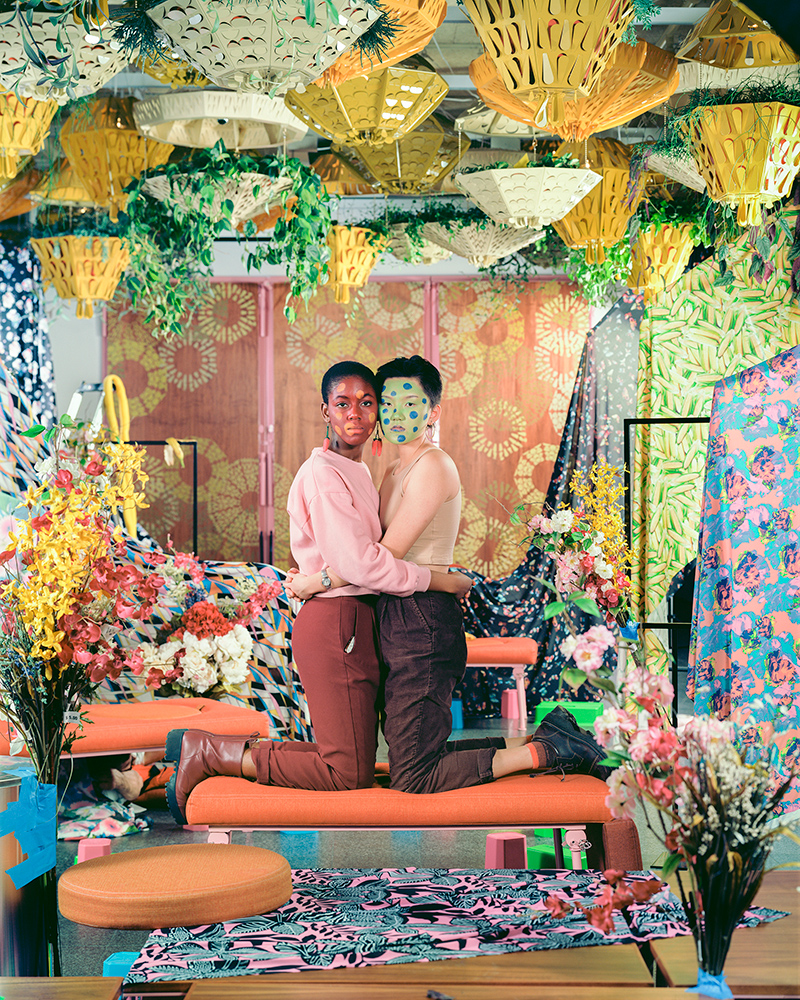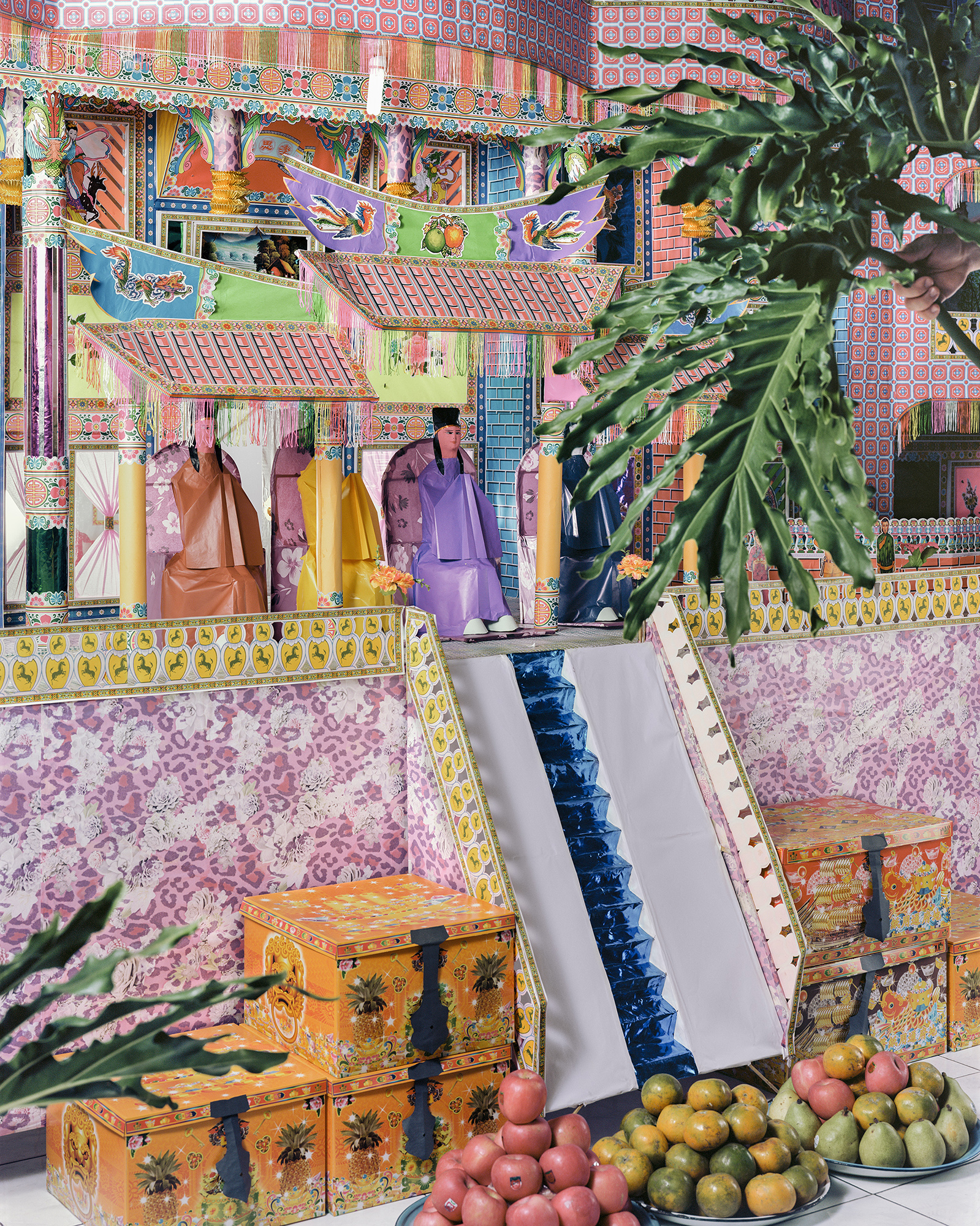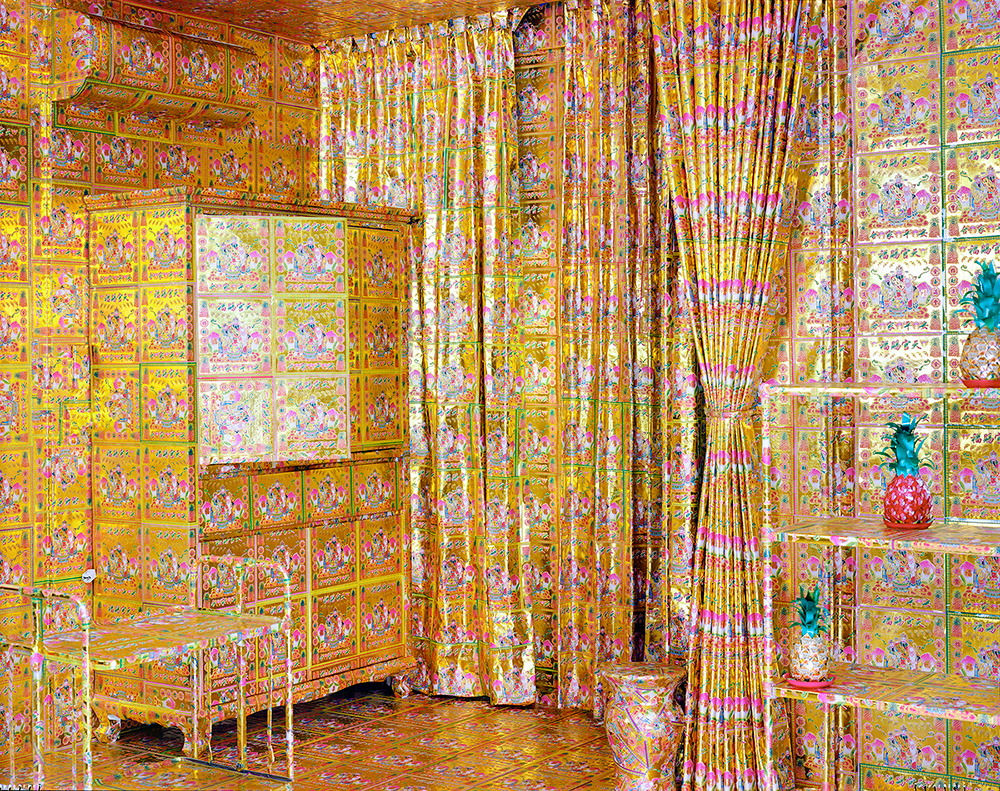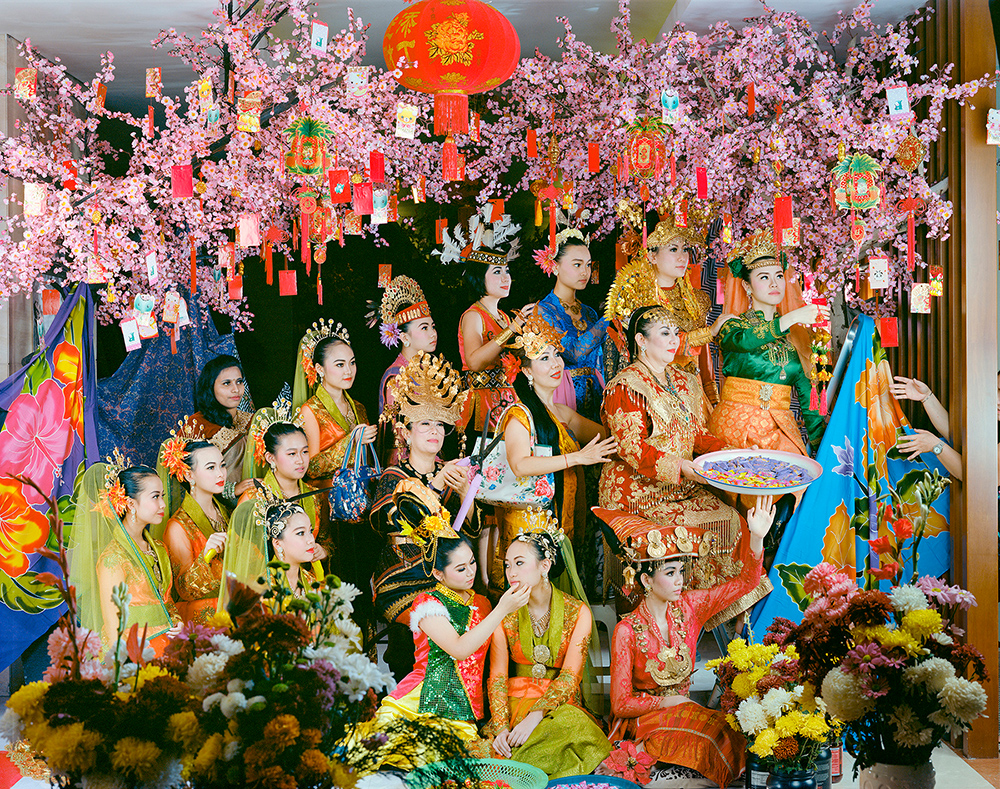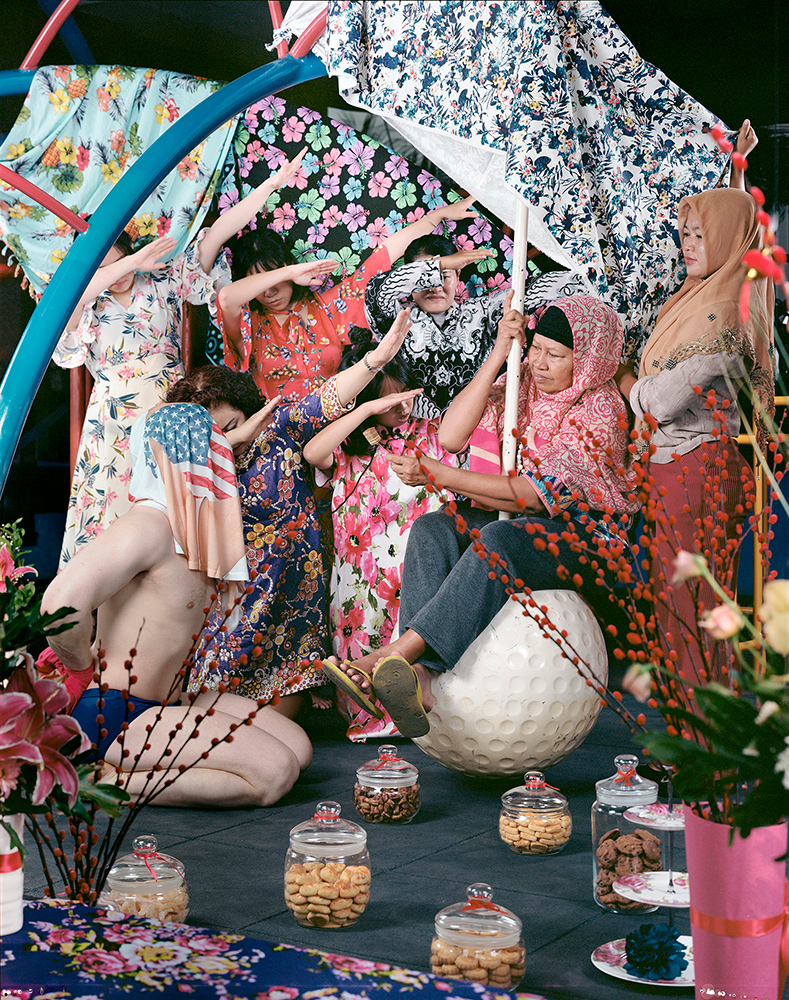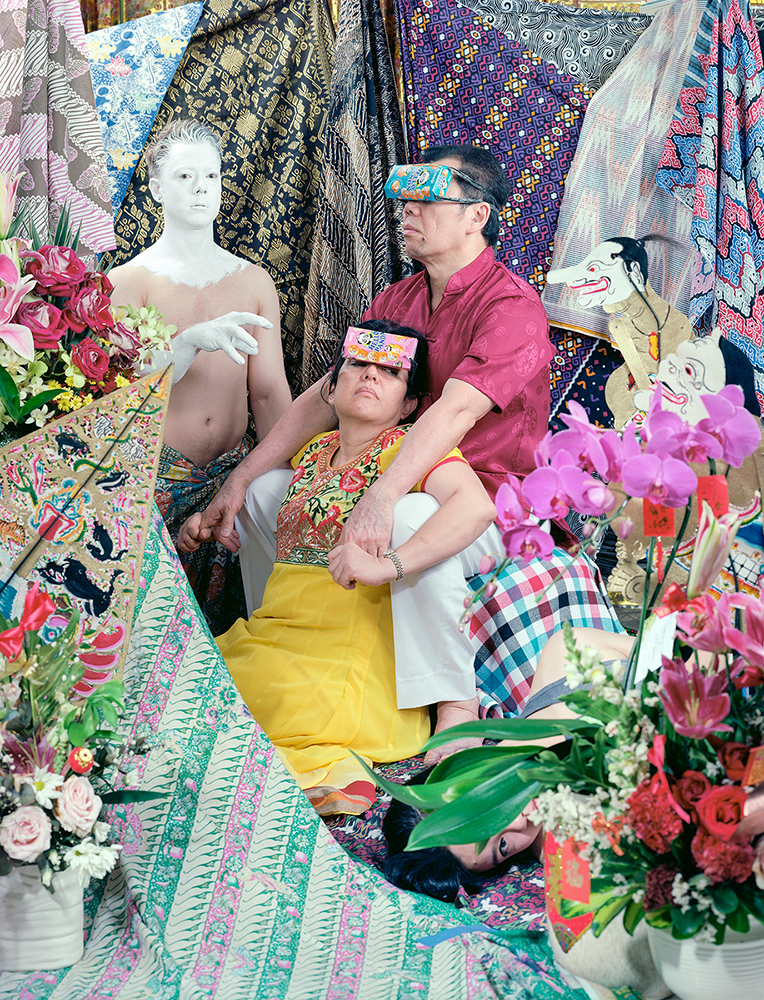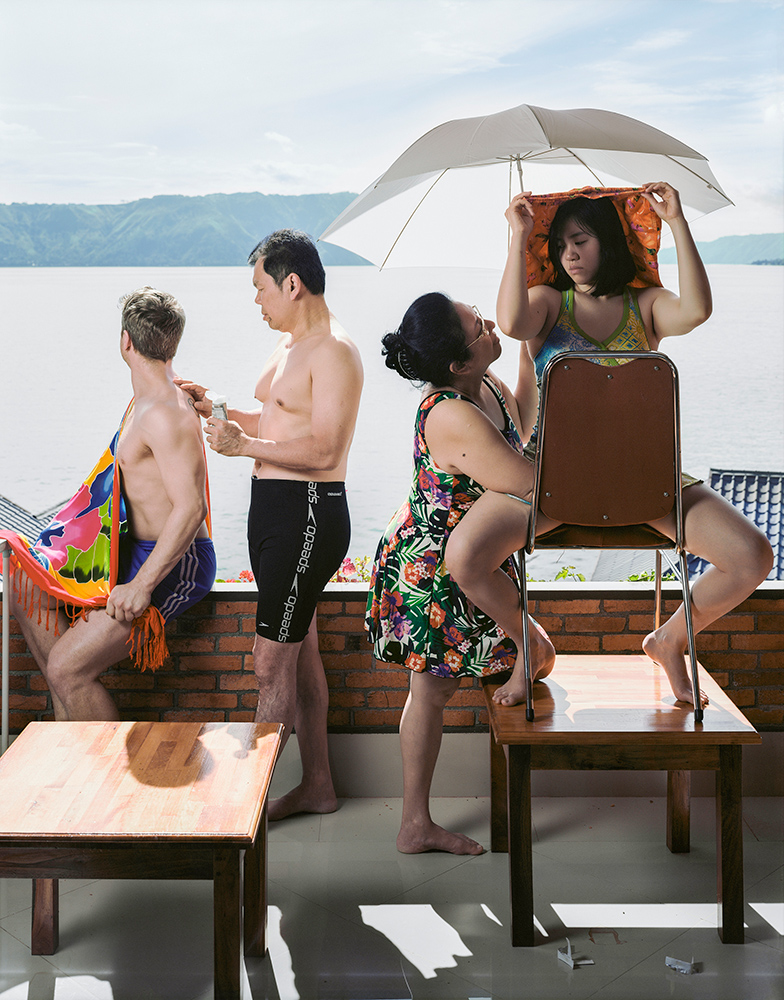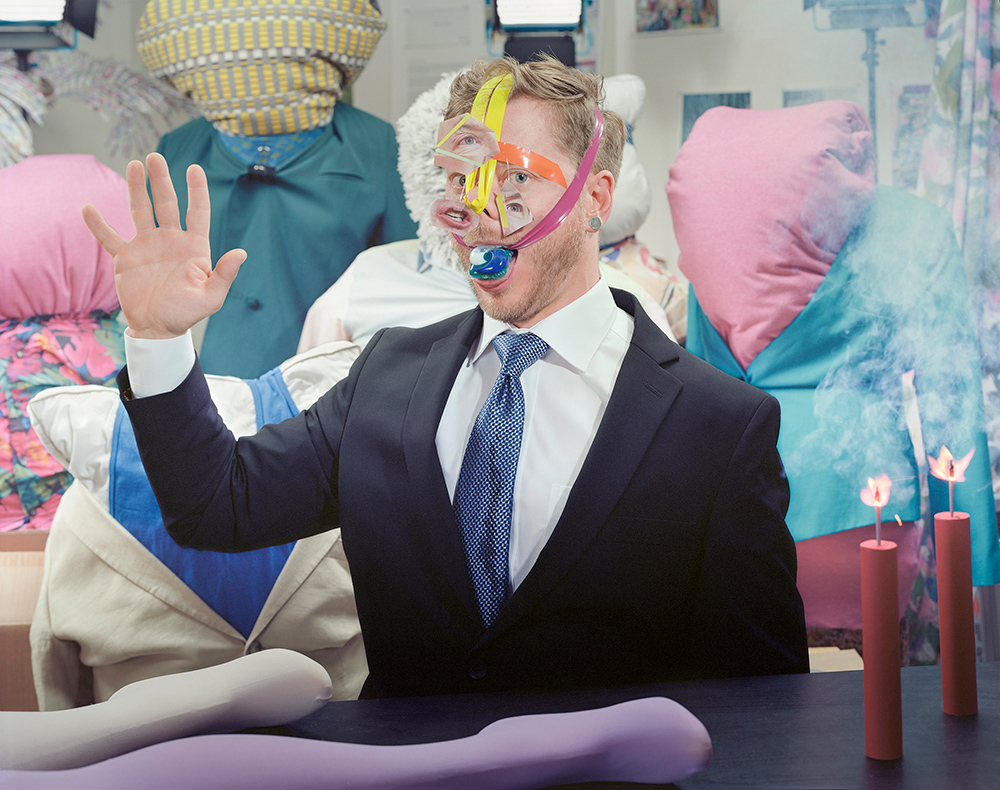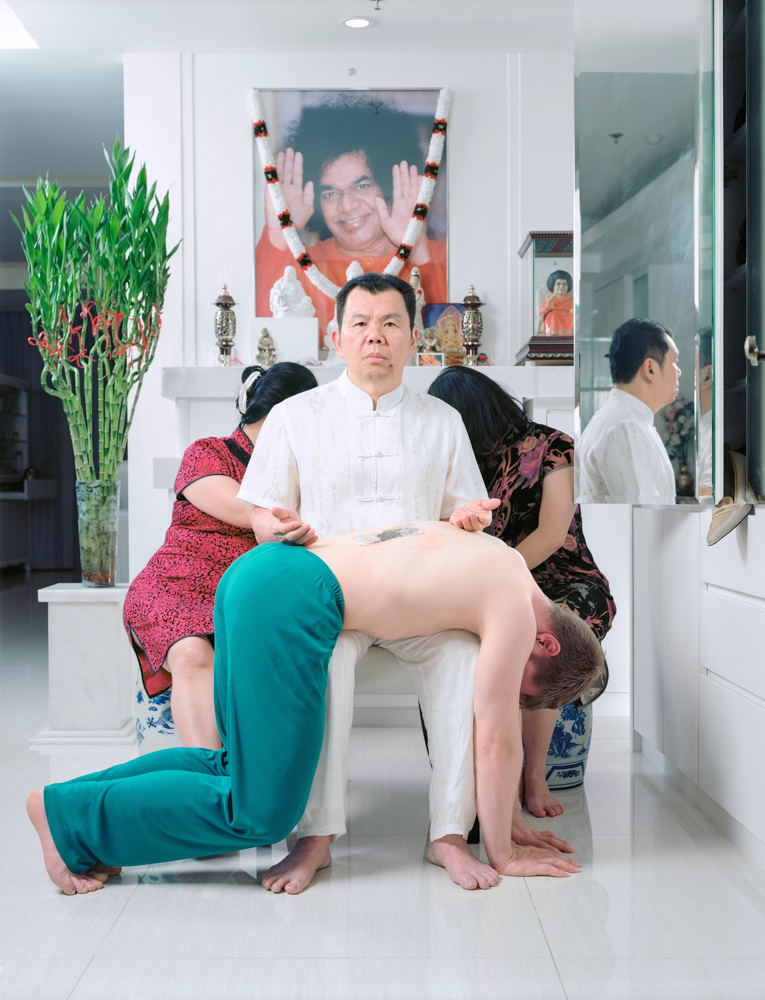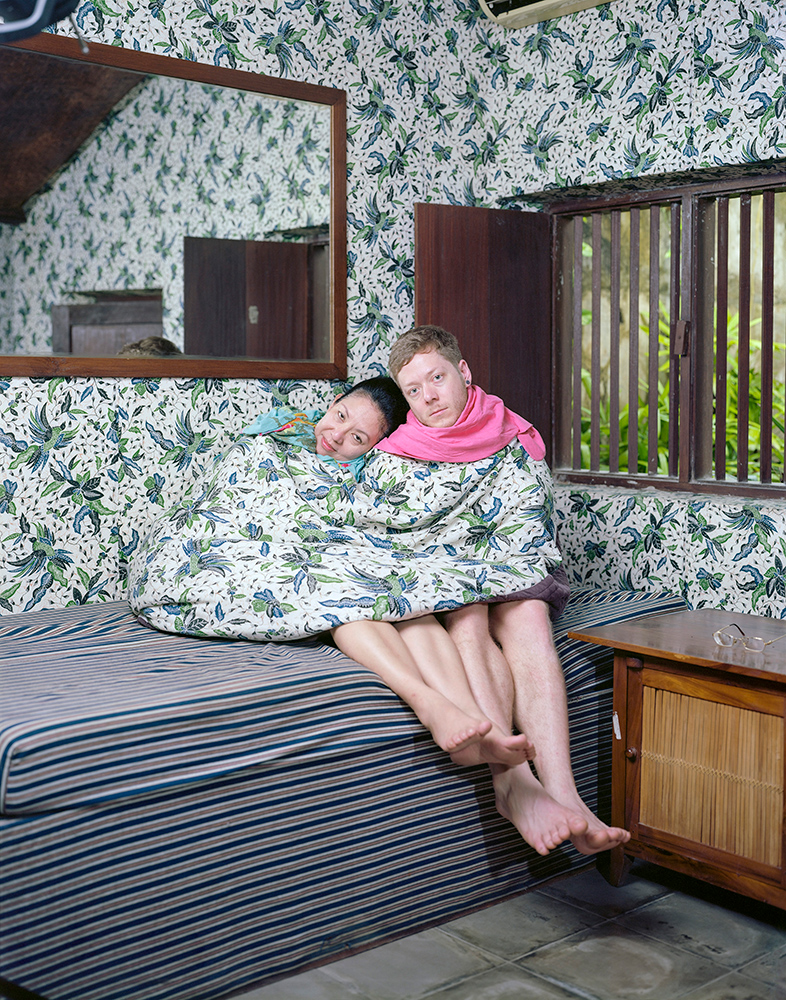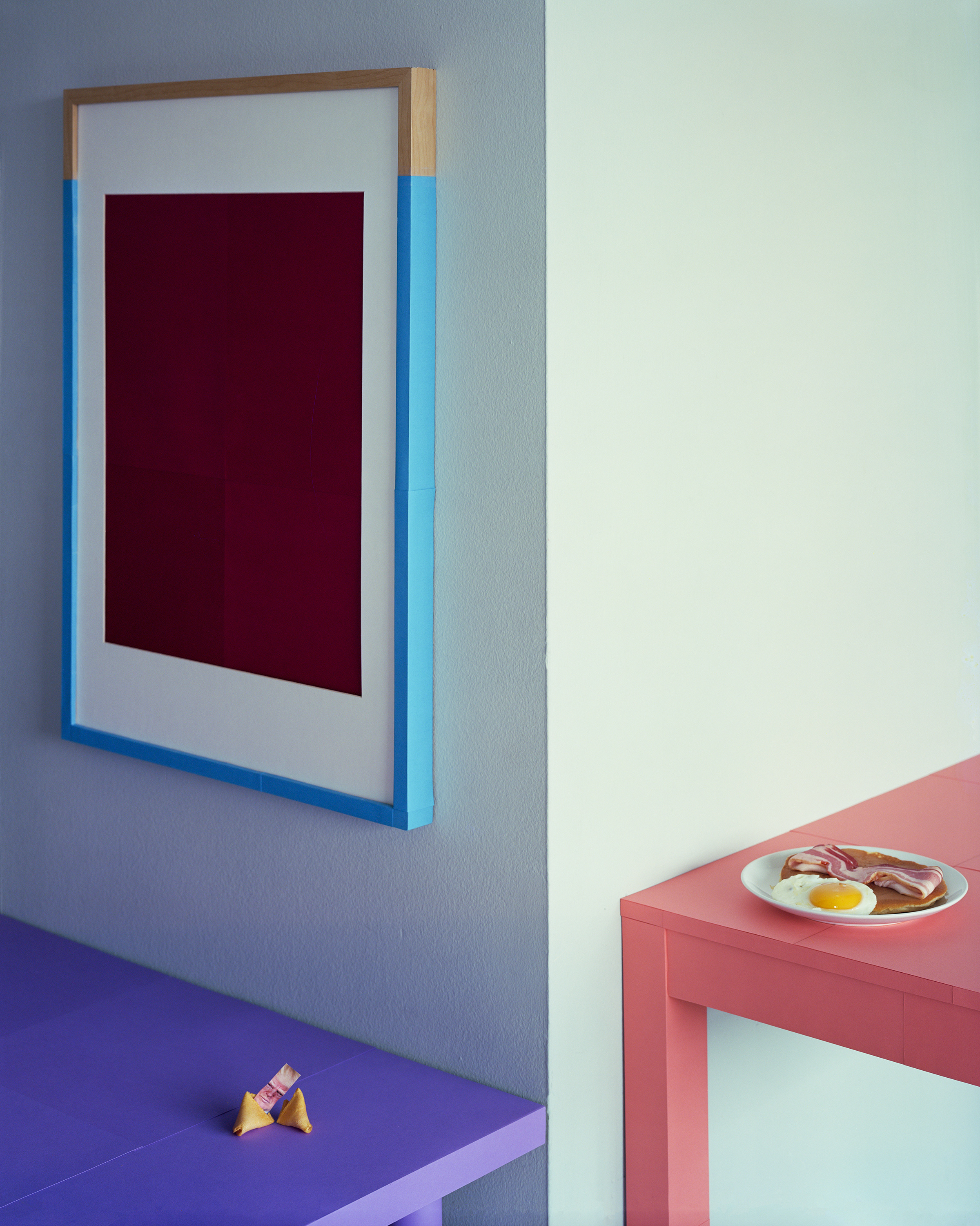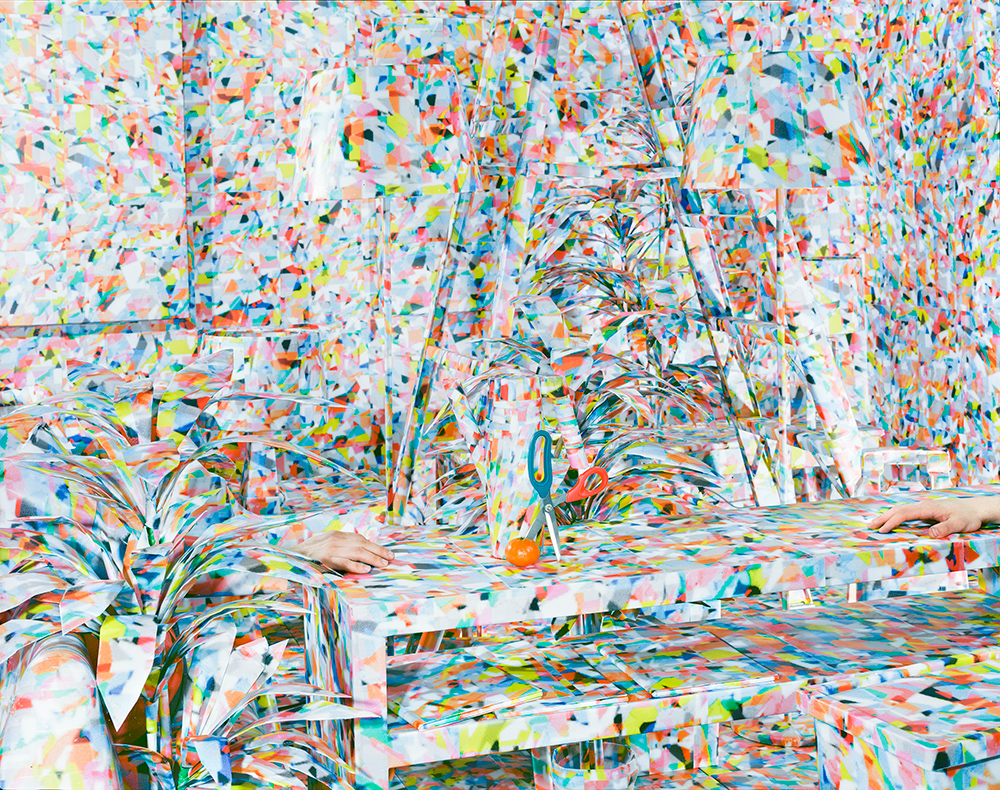Now You See Me at Foto Relevance // Leonard Suryajaya
This week, I’m honored to feature six artists who I had the privilege of curating into the group show Now You See Me at Foto Relevance, in an effort to offer a glimpse into the vast complexity and nuance of Asian America. While diverse in their image-making, the artists share a common thread: an urge to be seen and recognized through personal narratives put forth on one’s own terms. As viewers, the intricacies and variations in these narratives help us resist a monolithic interpretation of what being ‘Asian American’ signifies, stretching the term beyond its colloquial, demographic meaning (American citizens of Asian descent) and into a realm that pays homage to its activist roots. In 1968, a group of students at UC Berkeley—many who were influenced by and stood with the Third World Liberation Front, the Black Power movement, and the anti-Vietnam War movement—coined the phrase ‘Asian American’ as an iconic act of political self-determination. As the activist Chris Iijima said, “It was less a marker for what one was and more for what one believed.”
The exhibition is up at Foto Relevance through November 13th, but I hope you’ll join me in celebrating the artists and their stories for a long while to come. – Erica Cheung
—
Creating from an acute familiarity with transience and otherness, Leonard Suryajaya crafts theatrical scenes filled with clashing and incredibly lush patterns, textures, and colors. His photographs are often communal undertakings, featuring his family, friends, and partner as collaborative subjects. The artist’s dynamic aggregations of material objects and human figures reflect on how the incongruous ways in which we chose to blend in and stand out are constantly in flux. Through this, he reminds us that our everyday interactions with intimacy, authority, and materiality are inextricably bound to broader questions of citizenship and belonging in a shifting, transnational world.
I am so grateful to be able to take refuge in the playful, brilliant, and orchestrated mess of Suryajaya’s works. An interview with the artist follows.
Leonard Suryajaya (Chicago, IL) uses his work to test the boundaries of intimacy, community and family. He uses photography, video, performance and installation to show how the everyday is layered with histories, meanings and potential.
BFA, 2013, California State University, Fullerton; MFA, 2015, School of the Art Institute of Chicago; 2017, Skowhegan School of Painting and Sculpture. Selected exhibition venues include Museum of Contemporary Photography Chicago; Benaki Museum, Greece; Photoforum Pasquart, Switzerland; National Library, Singapore; Wrightwood 659, Chicago; Barney Savage Gallery, NYC; Shane Campbell Gallery, Chicago; Hyde Park Art Center, Chicago. His work is included in collections such as the Art Institute of Chicago, Museum of Contemporary Photography, Joan Flasch Artist Book Collection, Mana Contemporary and Center for Photography at Woodstock. Awards: Aaron Siskind Foundation Award, Artadia Awards, Robert Giard Foundation Fellowship, New Artist Society Award, James Weinstein Memorial Fellowship, Claire Rosen and Samuel Edes Prize for Emerging Artist, The Santo Foundation Fellowship.
Thank you so much for taking the time to interview with me/Lenscratch! How have you been doing as of late? Where are you writing us from?
I’ve been doing good. Alive and no complaints. I’m in Chicago gearing up for the next chapter of the American pandemic.
How did you come to include photography in your art practice? Why photography?
I started taking photography classes in the third year of my undergrad studies at Cal State Fullerton. I moved to America as a Theatre student, thinking that I’d be learning how to make movies in university.. because I go to the theatres to watch movies. To me at that time it made sense that the theatre program was where you learn how to make movies. Pretty daring for a clueless 17-year-old Indonesian boy to take such measures to stay away from home. Nonetheless, I ended up finishing school with dual degrees in Photography and Theatre Arts.
The possibility of telling a story in my own language is what drew me to Photography. It really helped me find a sense of power going through the culture shock, homesickness, and the feelings of being displaced and alone. I also appreciated the convenience it allows, in contrast to producing a movie/play. I don’t have to rely on a crew of people to carry out my vision. All I need is my ambition and persistence to make a great exposure of an experience I want to memorialize.
My curation of Now You See Me at Foto Relevance is an effort to call attention to Asian American voices. What does the label ‘Asian American’ mean to you, and what does it mean for your art practice?
I embrace it and I’m aware of it. I realize the advantages and disadvantages that come with it. Before getting a greencard to secure my stay in the country, I never considered myself an Asian American. I’m an Asian person who originated in Indonesia, with Chinese cultural background, whose ethnic background includes traces of native Indonesian and Filipino blood, who happens to live in America. Now that I am staying in America I have no choice but to accept the Asian American label.
Like a food label, fruit label, shoe label, shirt label, security label, a social label is a tool to help humans get organized. Who do these labels benefit? And how are these labels being used?
Do I actively and consciously think about my Asian Americanness? Not really. I almost don’t think about it unless asked or provoked. Like, I don’t even think of my name or my homo sapiens-ness when I go about my daily life. I don’t go: “Uhm, what does this homo sapiens want for lunch?” or “Which color underwear does Leonard Suryajaya want to wear today?”
My Asian Americanness is just one layer among many that makes up who I am. It indicates the specificities of my background and communicates the commitment I have to America. I have power and pride in it. I also learn a great deal from art making. Art is where I collide and expand on these limiting social labels imposed on me. Art is a medium where I realize the depth of my humanity.
How do other facets of your identity gel with, conflict with, and generally intersect with your Asian American-ness (if at all)? Do these additional identity markers influence the way you approach your work and/or the world at large?
Chaos and harmony paint the picture of my life. That’s also how I paint myself: with complexity. It takes courage and persistence to allow yourself to be seen in all your complexity. My lived experiences are happy and sad, traumatic and nostalgic, bizarre and familiar. I’m definitely no plain Jane or average Joe. My notion of identity is not simple/easy. I was born in Indonesia, as a second-generation Chinese Indonesian, in a Buddhist household, raised by a Muslim nanny, educated in Christian schools, in a Muslim majority country. On top of that, I’m also a queer millennial immigrant to the United States.
After extensive experimentations and trials/errors, I finally am at a place where I feel secure in who I am. I accept my limitations and I also challenge them. I’m excellent in all of my complexities. At times of hardships and uncertainties, I never gave up faith in myself. I choose to have faith in myself. This sense of self – this commitment to one’s self – this personality – is reflected in my visual language.
Your photographs are often collaborative ventures with family members, friends, and acquaintances. How do you go about directing, staging, and photographing your works? Has this process changed your relationship to your subjects?
They will say that I’m bossy. I try to prepare as much as possible and then improvise when I’m in the middle of a shoot. I can’t make someone do a split or sit on their head if they are unwilling or unable to do it. It’s more important for me to create an experience of sharing a common objective or achieving a same goal in making my work. That’s why I employ the large format process in helping me connect with the subjects and ground ourselves in the experience of sharing that space/moment together. There’s a lot at stake as we aren’t able to see the result instantaneously. It requires trust, vulnerability and openness in order for success. This process is so valuable to our relationships. It allows me to be seen. And I get to see them, as well.
Walk us through the story behind one of your pieces that will be on view at Foto Relevance?
Breakfast is a photo of my last American meal if I were to leave the country and not allowed to come back. I usually only miss pancakes when I’m in Indonesia.
What has been one of your favorite reactions or responses that someone has had to your work?
I love it when the viewer bursts out laughing looking at my photo out of confusion or familiarity.
Whose work are you looking at and thinking about (from the Asian diaspora or otherwise, photographic or otherwise)?
As of late, I’ve mostly been looking at my friends’ work. It’s inspiring and so intimate to see people I know go about kicking ass or acknowledging the challenges of our time. I prefer to not name names.
What are you looking forward to? What’s next?
I haven’t traveled back to Indonesia or out of the country since 2016 when I started my green card application. I look forward to leaving the US and using my green card to re-enter the country.
Posts on Lenscratch may not be reproduced without the permission of the Lenscratch staff and the photographer.
Recommended
-
Salua Ares: Absense as FormNovember 29th, 2025
-
Ricardo Miguel Hernández: When the memory turns to dust and Beyond PainNovember 28th, 2025
-
Pamela Landau Connolly: Columbus DriveNovember 26th, 2025
-
KELIY ANDERSON-STALEY: Wilderness No longer at the Edge of ThingsNovember 19th, 2025
-
Jackie Mulder: Thought TrailsNovember 18th, 2025

